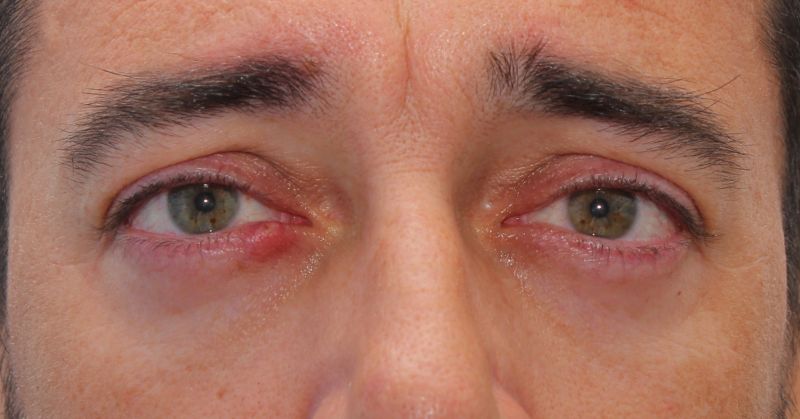Eye diseases
Chalazion

What is chalazion?
Chalazion is a cyst or nodule on the eyelid owing to blocked Meibomian glands. These sebaceous glands are located in the lower and upper eyelids and are responsible for secreting an oily substance that is part of the tear film to prevent tears from evaporating quickly and allow the eye surface to keep adequately moist.
When these glands are blocked, they cannot release their content, so it accumulates inside the eyelid and chalazion ensues.
It is very common to confuse this disorder with a stye. The basic difference between both is that a stye is usually located right on the edge of the eyelashes, responds to an infectious process of the hair follicle and is quite painful. Chalazion, on the other hand, is located in the centre of the eyelid, is usually less symptomatic and is not painful.
Symptoms
Causes and risk factors
Treatment
Generally speaking, chalazion does not cause any bothersome symptoms, apart from the nodule on the eyelid, which is aesthetically striking and is sometimes preceded by eyelid swelling. In most cases, it goes away on its own, without the need for treatment.
If chalazion becomes too large, it may bother you when you blink or exert pressure on your eyeball and cause blurred vision.